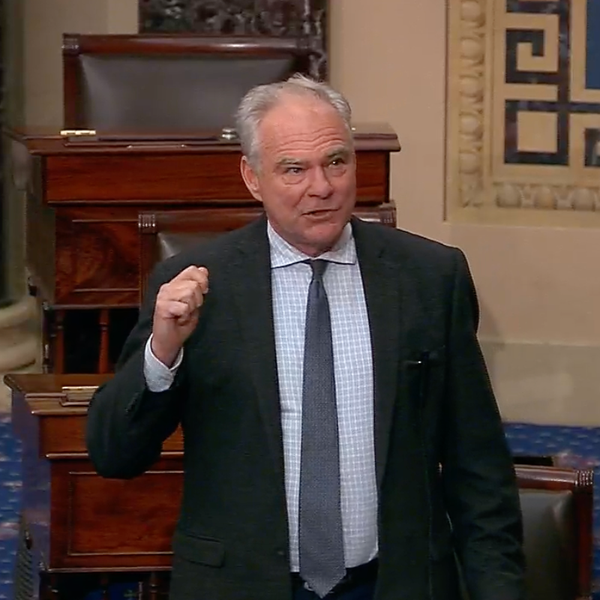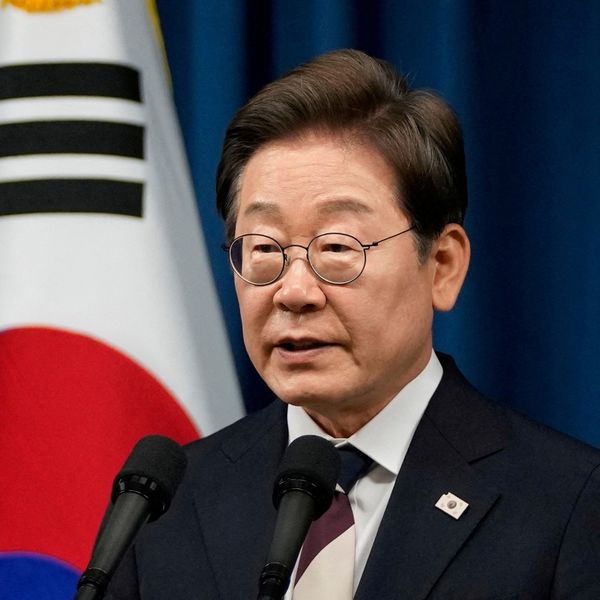Since the Quadrilateral Security Dialogue, commonly known as the Quad, made a comeback in November 2017 after an almost decade-long hiatus, Chinese officials have remained alert to it turning into a pseudo-military alliance with an anti-China bent. They all but snarled as diplomats from the four allied countries — the United States, Japan, India, and Australia — met, maintaining that the grouping “will gain no support and will end up nowhere.”
While China has warily observed the evolution of the Quad, amidst indications that South Korea, Vietnam, and New Zealand might join the four Quad countries in a “Quad Plus” dialogue, Chinese officials have refrained from attacking the countries beyond the original four.
But the situation took a new turn in Dhaka, Bangladesh, earlier this week. It came out of the blue when the Chinese ambassador minced no words and said that bilateral relations with Bangladesh “will be severely damaged” if Dhaka joins the U.S.-led initiative. He repeated the foreign ministry’s talking points and called the Quad a “narrow-purposed geopolitical clique.”
Dhaka shot back, with Foreign Minister A. K. Abdul Momen saying, “we decide our foreign policy.”
“We did not expect it from China,” he added.
But the war of words did not stop as the Global Times, a quasi-official Chinese Communist Party English-language media outlet, published an op-ed arguing that “the news that Bangladesh had been invited to join the Quad was possibly not ... groundless. Bangladesh either had talked with Quad members over this issue or aim[ed] to launch a trial balloon to see China’s reaction.”
Washington joined the fray as State Department spokesperson Ned Price said on Wednesday, “We have taken note of that statement from the PRC ambassador to Bangladesh. What we would say is that we respect Bangladesh’s sovereignty, and we respect Bangladesh’s rights to make foreign policy decisions for itself.”
While the Bangladeshi foreign minister said he was not approached by any of the Quad members, he reportedly discussed it in March after a White House official reached out to him. “Bangladesh will not consider joining any kind of security initiative under the U.S. Indo-Pacific strategy,” the report said.
That goes in line with Momen’s earlier statements. In late 2019, he said that Bangladesh would only join the Indo-Pacific initiative if it was “economic in nature.”
The Global Times piece also added that “one of the crucial aims of both the U.S.’s and India’s Indo-Pacific visions is to counter the [Belt and Road Initiative] with a bid to contain China’s development,” and that Bangladesh will gain nothing by joining the bloc.
Interestingly, the Padma Bridge image accompanying the article is one of the largest infrastructure projects that Bangladesh has almost finished building with Chinese help.
This latest episode reveals the extent of China’s anxiety over the Quad. Bangladesh’s geostrategic location strikes a nerve with Beijing since a key BRI project includes a deep seaport in western Myanmar and then connects it to Kunming in southern China by a highway and railways. Moreover, China has steadily built a solid relationship with Bangladesh that it does not want to be undermined.
Bangladesh is likely to follow New Zealand’s or South Korea’s footsteps and steer clear of the Quad. But the latest episode shows the summer will be warmer in Asia as a prickly China takes issue with the Quad. Beijing is likely to continue deterring friendly countries like Bangladesh from joining it. For countries that want to maintain friendly relationships with China but not at the expense of the United States, the Quad is creating a real dilemma. Washington should empathize with them and not ask them to take a side.















